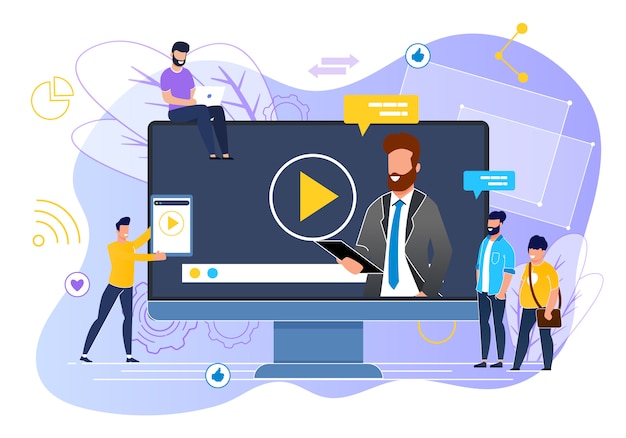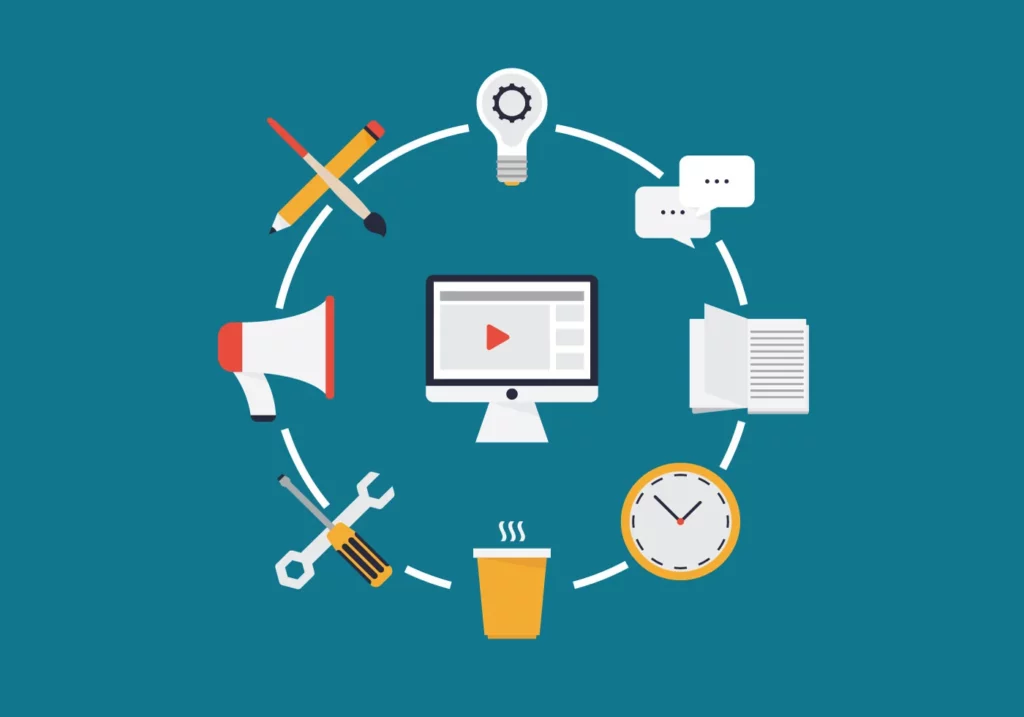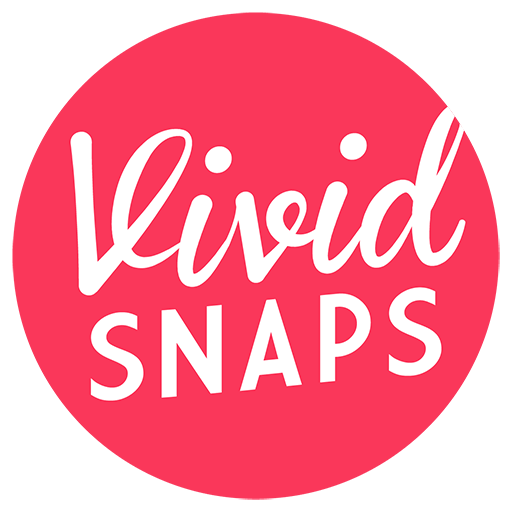With the growing market of live streaming and webinars, many companies are integrating these online events with marketing tools as a way to expand their consumer base.
Read on to find out how you can produce a professional webinar and how it can be used a powerful marketing tool for your brand.
Table of Contents
- What are Webinars?
- How Can Webinars be used for Marketing?
- Ideas For Webinar Marketing in 2020
- Webinar Workflow
- Engage a Professional to Produce Your Webinar for Marketing

What are Webinars?
A webinar is an online seminar which is usually hosted for education and marketing purposes. The word “webinar” comes from the words “web seminar”. Webinars are great for hosting educational and marketing talks with many participants.
Unlike livestreams where access is available to the public, webinars are usually only accessible to people who are registered or purchased access to the online event. Webinars are usually marketed beforehand by the host, to secure an audience before the online event takes place.
Webinars can either be pre-recorded beforehand and aired on a specific time and date, or can be streamed in real-time. Both of these alternatives come with pros and cons. Recording beforehand allows the presenter to have multiple takes before the final upload, which removes the pressure of being live on air. However, streaming in real-time allows the presenter to interact with the webinar guests directly, especially during a Q&A session.

How Can Webinars be used for Marketing?
The educational factor in webinars can be used to a company’s advantage by using a non hard-sell method to market products and services. Most marketing webinars are lead generation tools which provide free valuable information which in turn targets to convince the participants to upgrade to paid products or services offered by the company.
The purpose of webinars is to educate a targetted audience. Webinars are commonly used to demonstrate products and services, expand on content published on blog posts and showcase a brand or company’s expertise. The most important factor to a webinar is the educational factor. The participants should leave the webinar with valuable information and a better understanding of the topic of the webinar.
Webinars usually consists of a presentation followed by a Q&A session. Webinars serve as a visual medium, where presenters can connect with the webinar participants quickly and effectively. Most people attend webinars to grasp information about a topic that they are already interested about. Thus, pre-webinar marketing is also an important factor.

Ideas For Webinar Marketing in 2020
- Product Demo Webinar: Product demo webinars are one of the most common webinars for marketing. Companies usually host product demos for products that many consumers are interested about or need further tutorials and demonstrations for. Having a product demo webinar can potentially increase the sales for a product or service, by increasing the interest around the product.
- Blog Post Series with Webinar Elaboration: Having a blog is very common among companies. Webinars can be introduced to elaborate further on blog posts, creating a space for consumers to gain more insightful knowledge on the content from the blog articles.
- Weekly Q&A Sessions: Q&A sessions are an essential when it comes to hosting webinars. It is important for companies to connect with its consumers and address important questions. This will make the consumers feel more involved during the webinar and give them an avenue to feel connected with the brand.
- Company Story: Sharing the company or brand story through a webinar is also a good way of marketing the brand. Consumers who can relate to the story can forge a deeper connection with the brand as a whole. The company story can also help to educate the consumers on the values and mission of the brand, creating a more positive impression to the consumers.
- Live Case Studies: Using live case studies to demonstrate a brand’s products and services can help consumers to relate better to the topic of the webinar. Live case studies are effective and showcase the usability of the product or service in a realistic situation. This could be a useful marketing tool for brands to create more product interest.
- Product Hacks and Life Hacks: Demonstrating product hacks or life hacks is a very popular form of product demo and tutorial. Adding a segment for product and life hacks can entice the audience to try these hacks themselves with your products and services.

Webinar Workflow
- Using the Right Platform: Choosing the right platform to host your webinar is important. Different platforms offer different tools. The most commonly used platforms for webinars are Zoom, YouTube and Facebook.
- Select a Relevant Topic: Selecting a topic which will interest your consumers is a very important step. Choosing the right products and services to feature and talk about is crucial. Consumers will only attend a webinar they are interested about.
- Hire a Professional to Produce Your Webinar: Hiring a professional videographer to produce your webinar will ensure quality audio and visuals throughout the event. This is important as consumers who sign up for the webinar would expect the production it to be of high quality.
- Make it Convenient to Sign Up for: Making the sign up easily accessible will ensure that potential participants know where to go to sign up. The sign up page should also be fairly straightforward, giving the user a smooth journey while signing up.
- Market Your Webinar: Pre-webinar marketing is a very important step. You can consider the use of social media and offline tactics to get consumers to sign up for your webinar. Without marketing, it is hard for interested parties to get knowledge of your webinar.
- Rehearse the Programme: Rehearsing the programme ensures that the presenter and flow of events is smooth on the production day. Webinars that are executed well will have a positive impact on the brand and potentially lure consumers in.
- Pre-recording VS Real-time Recording: Webinars as stated above can be pre-recorded beforehand or produced in real time. Both of these options have its pros and cons to them. For webinars with more information and tutorials, choosing the pre-recorded option might be a wiser choice.
- Summarise Talking Points in the Beginning: Summarising the talking points in the beginning of the webinar will enable the participants to keep track of the contents of the webinar. This will also give them a clearer idea of the content that will be covered throughout the webinar.
- Finish with a Q&A: Giving the attendees time to ask their burning questions at the end will be a good way to end off the webinar. Presenters should prepare a list of answers for potential questions so that the Q&A process can be smooth.
- Follow Up With Participant Afterwards: Following up with participants after the webinar not only show them that you care, it also gives you an opportunity to explain any misunderstandings they might have of your organisation.
Engage a Professional to Produce Your Webinar for Marketing
We hope this article given you a better understanding of Webinar Marketing in Singapore. If you would like to hire a professional videographer and editor to produce your next Webinar, you can get in touch with our project coordinators who will be happy to help.







